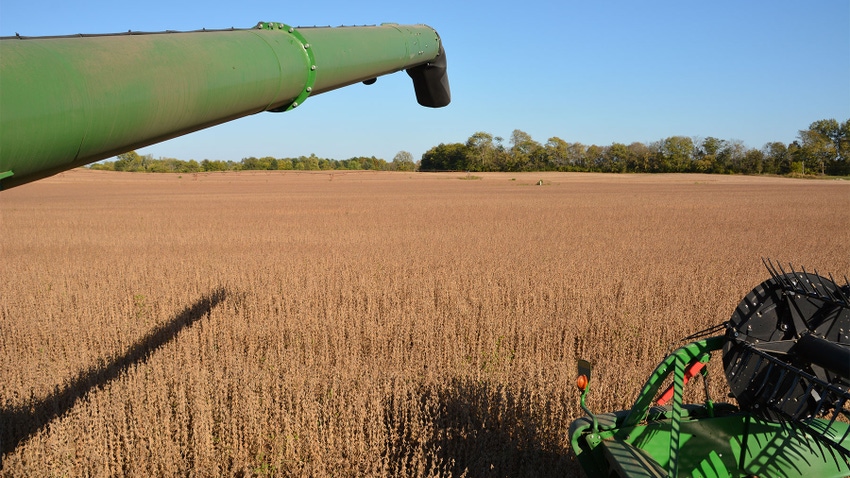
Since the Soybean Watch project began in the mid-2010s, it has seen a steady climb up the yield ladder. The operator continues tweaking practices, seeking higher yield, but every season throws a different curveball. From a localized flood the first year to stinkbug damage to late planting in 2019 to drought, every year has been a challenge. Whole-field yields progressed from 50 bushels per acre the first year to the high 60s one year ago.
If that scenario sounds like your own, then the project is on target. It was designed to allow you to compare what unfolded in a soybean field in the eastern Corn Belt to your fields.
“Each year brings new weather challenges and new obstacles,” says Steve Gauck, a regional agronomy manager for Beck’s, based near Greensburg, Ind. Beck’s has sponsored the Soybean Watch project since the beginning.
2023 soybean season
So, what did this year bring? Spring rains subsided so the operator could plant May 14. Soybeans were planted in 15-inch rows at about 140,000 seeds per acre. Emerged stands in early June were pegged at an average of 120,000 plants per acre.
“If you set out to raise 80-bushel-per-acre soybeans or higher, you wouldn’t pick this field,” Gauck notes. “We follow whatever field best fits the operator’s plans that year.”
Indeed, most of the field has a moderately sandy surface texture, with gravel at 36 to 40 inches below the surface. Where there is less gravel, it’s an eroded hillside with 10% to 12% slope in places. The only saving grace? Irrigation is available, although due to obstacles, only about 75% of the field can be irrigated.
And now … drumroll, please … the Soybean Watch ’23 final yield is 69.5 bushels per acre for the entire field, including all nonirrigated areas. Remember, this year featured two very dry spells — from late May through June and from mid-August through harvest. Plus, plants were pelleted with hail at the V2 stage.
Based on yield maps and yield monitor data, irrigated acres averaged near 80 bushels per acre. Better areas were well above 80 bushels, based on yield monitor data.
Factors behind yields
Here are three things Gauck believes contributed to very good yields:
1. Timely planting date. Planting within the first half of May or earlier is a major factor year after year in higher yields, Gauck says. Do what you can to achieve soybean planting dates within the window of April to mid-May.
2. Adequate stands. There were plenty of plants. If anything, stand count might have been on the high side, Gauck says. Plants in irrigated areas were tall and loaded with pods. And while they weren’t lodged, they were leaning by harvest. Where stands weren’t quite as thick, plants had more branches, producing as many total beans overall.
3. Moisture at the right time. These beans were irrigated once during the early drought, and as needed after mid-August when rainfall disappeared. Even top nodes were well-podded, with a few four-bean pods sprinkled in, Gauck says. “You need moisture all the way to the end to pull off top yields,” he concludes.
About the Author(s)
You May Also Like




